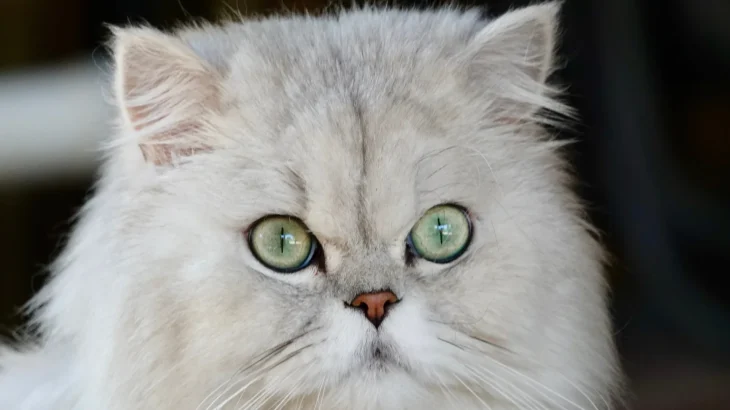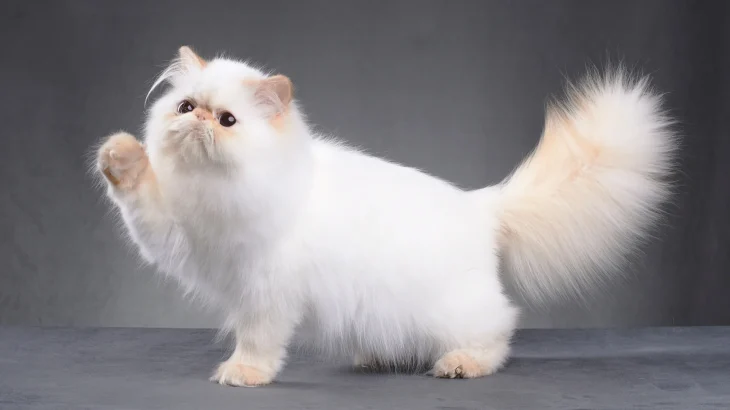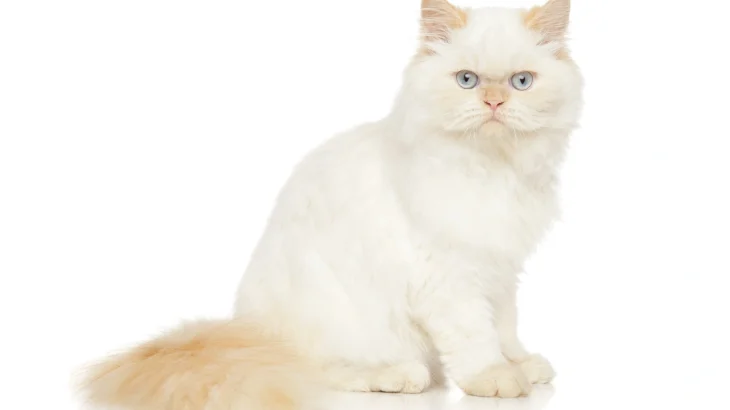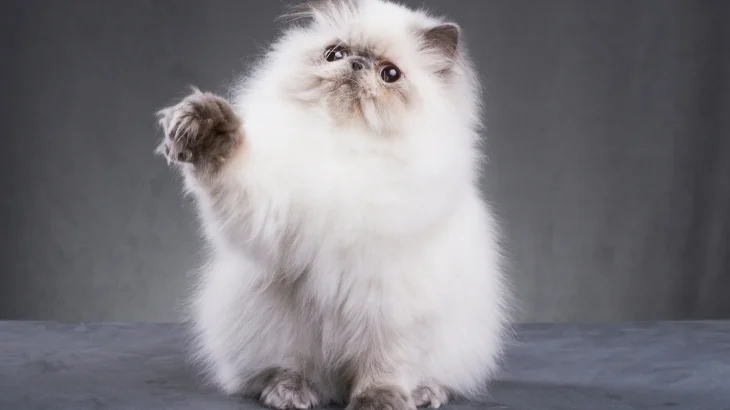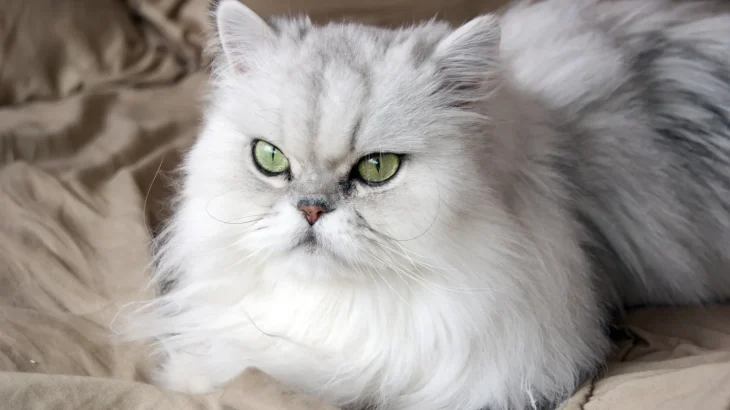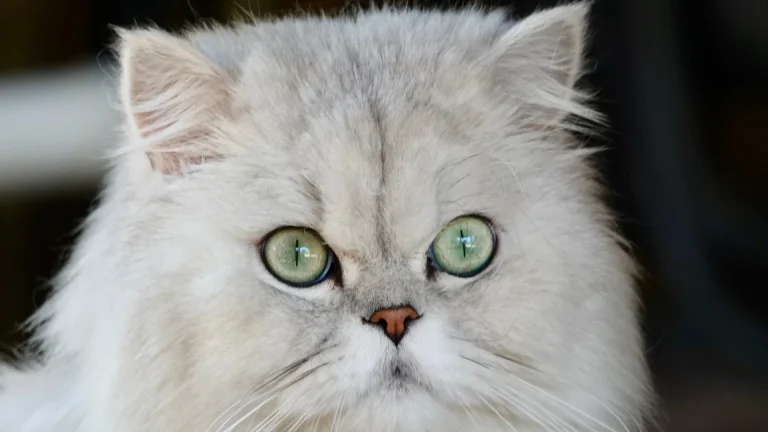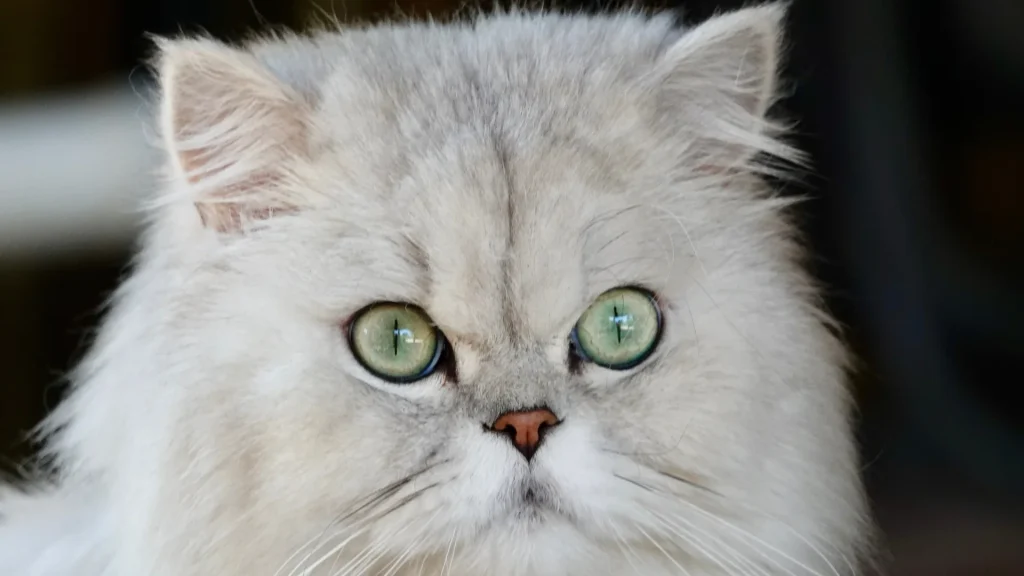Deciding whether to adopt or purchase a Persian kitten often hinges on factors like transparency of health history and supporting ethical practices. Purchasing usually offers more detailed insights into the kitten's pedigree and potential health risks, while adoption lets you provide a loving home to a cat in need, sometimes with less certainty about their background.
| Criteria | Buying from Breeder | Adopting from Shelter/Rescue |
|---|---|---|
| Cost | Higher initial cost reflecting purebred status and breeder expenses. | Generally lower adoption fees, often including vaccinations and spay/neuter. |
| Health History | Comprehensive records and genetic screening often provided. | Often limited or unknown health history; basic veterinary checks performed. |
| Age Availability | Typically available as young kittens, allowing early bonding and training. | Varies widely; kittens and adult cats may be available. |
| Temperament Insight | Breeders can share traits based on lineage and early behavior. | Shelter staff provide observations but background unknown. |
| Supporting Practices | Supports continuation of breed with responsible breeding programs; important to choose ethical breeders. | Supports animal welfare by giving homes to cats needing care and protection. |
| Ethical Considerations | Ensures breed purity but risks supporting irresponsible breeding if not careful. | Helps reduce shelter populations but may involve unknown genetic diversity. |

